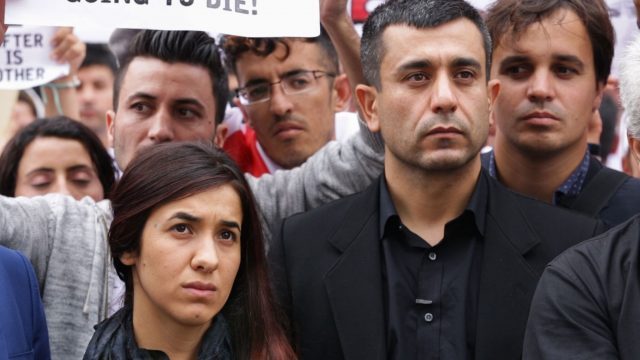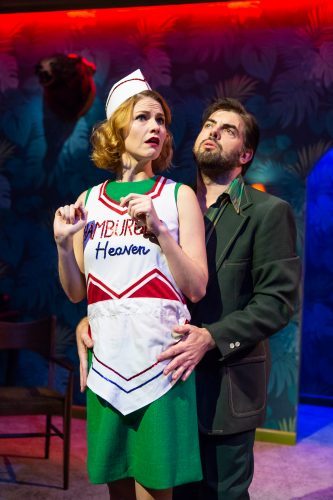
Penelope (Kate MacCluggage) meets her husband-to-be (Jason O’Connell) in stellar revival of Kurt Vonnegut’s Wanda June
The Duke on 42nd Street
229 West 42nd St. between Seventh & Eighth Aves.
Thursday – Tuesday through November 29, $49-$109
www.wheelhousetheater.org
Wheelhouse Theater Company is throwing quite a party eight times a week at the Duke on 42nd St., presenting its wickedly funny, devilishly clever adaptation of Kurt Vonnegut’s first play, Happy Birthday, Wanda June. The glorious production, which (re)opened last night following an earlier sold-out run at the Gene Frankel Theater, is everything a work by Vonnegut should be: surreal, unpredictable, laugh-out-loud hysterical, extraordinarily intelligent, bold, daring, and challenging while taking on such wholly contemporary themes as war, misogyny, racism, capitalism, religion, gun control, animal rights, white privilege, machismo, and feminism. Brittany Vasta’s urban-jungle set immerses the audience in the show from the very beginning, as ticket holders walk down a lobby with fake plants and real prints by Vonnegut, then go through a bamboo curtain to enter the main space, the same entrance the characters use to come in and leave. The walls are covered with animal-head trophies. The doorbells emit animal sounds instead of rings or chimes. “How do you do. My name is Penelope Ryan,” a woman (Kate MacCluggage) says, standing in a line with four male actors. “This is a simple-minded play about men who enjoy killing — and those who don’t.”
The quartet slowly introduces itself: Harold Ryan (Jason O’Connell), a professional soldier and adventurer who is married to Penelope but has been missing for eight years; Dr. Norbert Woodly (Matt Harrington), a peacenik who believes in healing and is in love with Penelope; Col. Looseleaf Harper (Craig Wesley Divino), a pilot who dropped the bomb on Nagasaki and is missing with Harold in the Amazon rainforest; Paul Ryan (Finn Faulconer), Harold and Penelope’s twelve-year-old son, who is hoping his father will show up unexpectedly because it’s the father’s birthday; and Herb Shuttle (Kareem M. Lucas), a vacuum-cleaner salesman who also is in love with Penelope. The wonderfully absurdist story also involves a trio of heavenly ghosts: Mildred (MacCluggage), one of Harold’s previous wives; Major Siegfried von Konigswald (O’Connell), the “Beast of Yugoslavia” who was killed by Harold; and ten-year-old Wanda June (Charlotte Wise or Brie Zimmer), whose name is on Harold’s birthday cake. When Harold and Looseleaf do indeed return, the brutish Harold sniffs around his apartment like an animal come home to roost. He grunts and snorts (like a male chauvinist pig?) and even makes out with one of the trophy heads, reclaiming every inch of his territory. However, while he hasn’t changed much, Penelope has gone through a major transformation, attending college and learning that she can make her own decisions about what she wants out of life — and what she doesn’t. Harold may not consider Norbert and Herb legitimate threats, but he still has to contend with Penelope herself. Meanwhile, he is not the least bit frightened when he finds out that there’s been a series of murders in the park just outside; fear is never on his agenda.
O’Connell is an accomplished actor who has played Bottom, Puck, and Egeus in the Pearl’s A Midsummer Night’s Dream, Mr. Darcy in Primary Stages’ Pride and Prejudice, and Edward and Robert Ferrars in Bedlam’s Sense and Sensibility — the latter two adapted by his wife, Kate Hamill — as well as appearing as himself in the one-man show The Dork Knight, about his lifelong relationship with Batman. He is ferocious in Wanda June, a force of nature who moves across the stage like a caged animal waiting to pounce. He’s like a caveman, a person from another age, unwilling to accept that things have changed dramatically while he was away, that the old-fashioned white man is no longer in charge, but it’s hard not to like him despite his shenanigans. “Hello there, young man,” he says to an empty picture frame that apparently is a photo of him. “In case you’re wondering, I could beat the shit out of you. And any woman choosing between us — sorry, kid, she’d choose me. I must say, this room is very much as I left it.” The furniture and accoutrements might be the same, but nothing else is. As exceptional as O’Connell is as Harold, MacCluggage (The Farnsworth Invention, The 39 Steps) stands her ground, going toe-to-toe and face-to-face with him in an epic battle between old and new, male and female, forward-thinking and backward-living. Oh, and be sure to pay close attention to Christopher Metzger’s costumes, particularly the color of Penelope’s dress late in the second act.
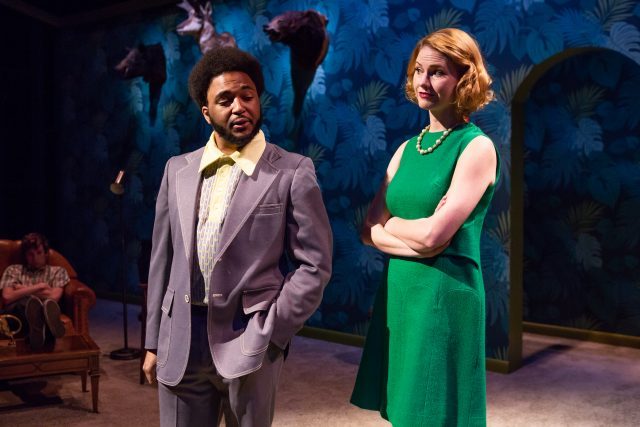
Vacuum-cleaner salesman Herb Shuttle (Kareem M. Lucas) has the hots for Penelope Ryan (Kate MacCluggage) in Wheelhouse revival at the Duke
Homer’s Odyssey meets Eugene O’Neill’s The Hairy Ape by way of Ernest Hemingway in the seldom-revived Happy Birthday, Wanda June, which initially failed in its 1970 Broadway debut (with Kevin McCarthy as Harold, Marsha Mason as Penelope, and William Hickey as Looseleaf) and then the next year in Mark Robson’s big-screen version, with Rod Steiger as Harold, Susannah York as Penelope, and Hickey again as Looseleaf. Director Jeffrey Wise (DANNYKRISDONNAVERONICA), a founding member of Wheelhouse, has a firm grasp of the material, in total control of the chaos, with outstanding support from lighting designer Drew Florida and sound designer Mark Van Hare. It’s pure Vonnegut: a potent look at America — and how much it hasn’t changed in nearly fifty years. “I just have one more thing to say,” Shuttle tells Woodly as they argue about whether fighting is ever necessary, continuing, “If you elect a president, you support him, no matter what he does. That’s the only way you can have a country!” Woodly responds, “It’s the planet that’s in ghastly trouble now.” Happy Birthday, Wanda June is an all-around triumph, one of the best plays of the season, and a sharp reminder of Vonnegut’s immense legacy.
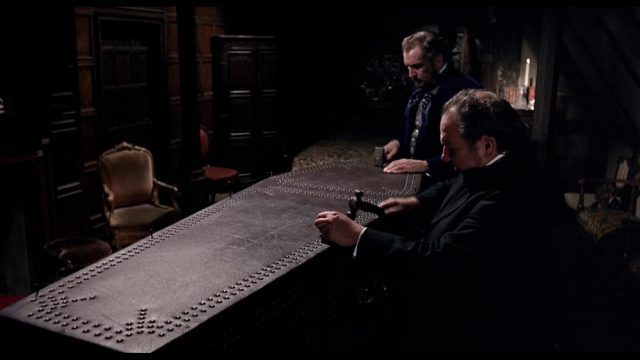

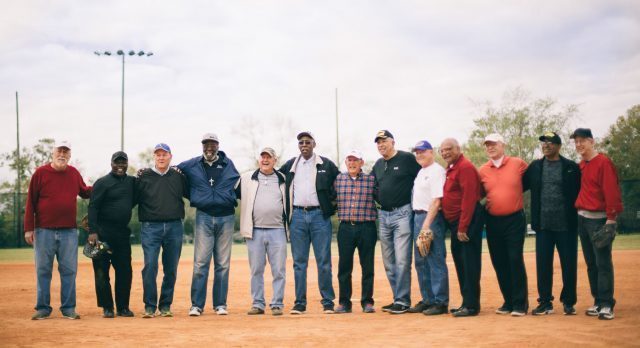

 And you thought the rat problem in New York City was bad. “I wanna tell you all a tale that’s crazier than hell,” Louisiana native and Treme star Wendell Pierce says at the beginning of Rodents of Unusual Size, Chris Metzler, Jeff Springer, and Quinn Costello’s eye-opening documentary about the nutria, the twenty-pound web-footed, orange-toothed South American creature that was introduced to Louisiana in the 1930s to boost the fur trade and has wreaked havoc ever since. The rodents multiply like tribbles and destroy so much vegetation that the resulting erosion affects storm surge protection, leading the government to encourage the mass murder of the beast by offering a five-dollar bounty for each tail. The filmmakers visit Delacroix and the Ninth Ward in New Orleans, talking to such nutria hunters as Larry Aucoin, Darrell Aucoin, Liz LeCompte, and Trey Hover, who is killing the swamp rat to help pay for his college education. LeCompte is doing it to protect the environment. “If the land’s gone, then me and my family don’t have a future,” she says, explaining that “Cajun women, they not afraid to get their hands dirty.” Nutria control specialist Michael Beran, who patrols the canal banks and uncovers nutria-built subterranean labyrinths that can also endanger bridges, notes that the nutria is an “invasive species [that] has to be deleted.” Nutria tail assessor John Siemion gets right to the point: “It offers these guys money when there is none,” he says. “This is their income for the year.”
And you thought the rat problem in New York City was bad. “I wanna tell you all a tale that’s crazier than hell,” Louisiana native and Treme star Wendell Pierce says at the beginning of Rodents of Unusual Size, Chris Metzler, Jeff Springer, and Quinn Costello’s eye-opening documentary about the nutria, the twenty-pound web-footed, orange-toothed South American creature that was introduced to Louisiana in the 1930s to boost the fur trade and has wreaked havoc ever since. The rodents multiply like tribbles and destroy so much vegetation that the resulting erosion affects storm surge protection, leading the government to encourage the mass murder of the beast by offering a five-dollar bounty for each tail. The filmmakers visit Delacroix and the Ninth Ward in New Orleans, talking to such nutria hunters as Larry Aucoin, Darrell Aucoin, Liz LeCompte, and Trey Hover, who is killing the swamp rat to help pay for his college education. LeCompte is doing it to protect the environment. “If the land’s gone, then me and my family don’t have a future,” she says, explaining that “Cajun women, they not afraid to get their hands dirty.” Nutria control specialist Michael Beran, who patrols the canal banks and uncovers nutria-built subterranean labyrinths that can also endanger bridges, notes that the nutria is an “invasive species [that] has to be deleted.” Nutria tail assessor John Siemion gets right to the point: “It offers these guys money when there is none,” he says. “This is their income for the year.”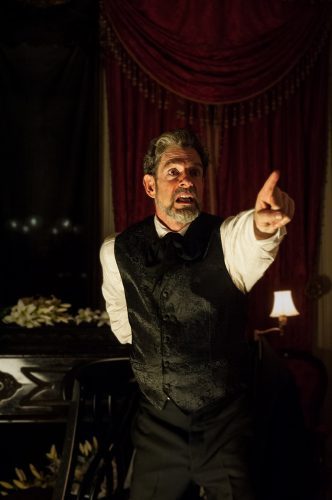
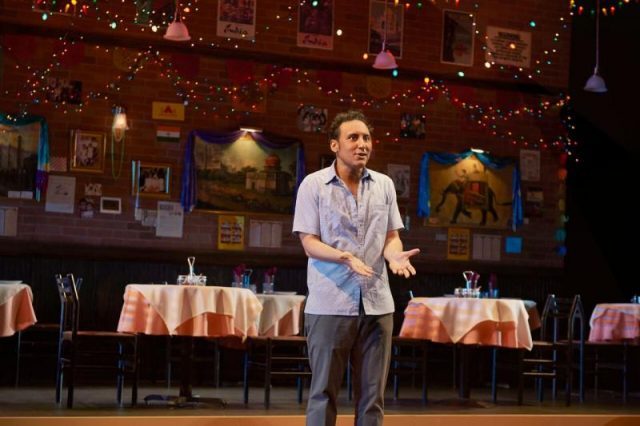
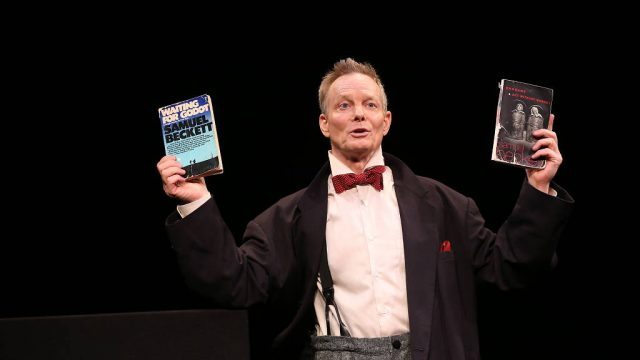
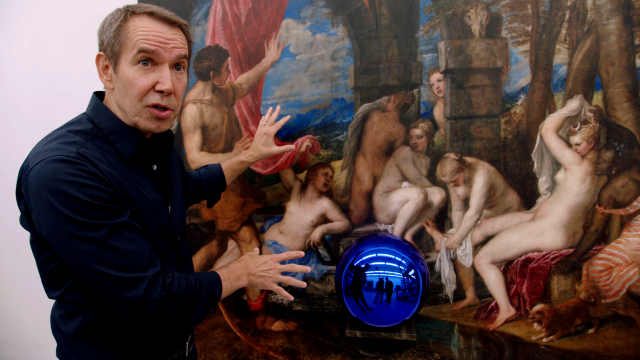
 On October 4, a framed painting titled “Girl with Balloon” by British street artist and provocateur Banksy began shredding itself upon being sold for $1.4 million at a Sotheby’s auction, shocking and delighting the art world. Was Banksy, whose very name evokes cold, hard cash, making a sly comment on the art market, on auctions, on the intrinsic value of a work of art? In the immediate aftermath, there was general confusion about just what the buyer had purchased and whether she had to keep it at all. In many ways that stunt exemplifies what Nathaniel Kahn’s highly artistic documentary, The Price of Everything, is all about. Kahn, who was nominated for Oscars for his 2003 film, My Architect: A Son’s Journey, which explored the legacy of his father, Louis Kahn, and his 2006 short, Two Hands, about pianist Leon Fleisher, this time trains his camera on the volatile global art market. “Art and money have always gone hand in hand,” superstar auctioneer Simon de Pury says. “It’s very important for good art to be expensive. You only protect things that are valuable. If something has no financial value, people don’t care. They will not give it the necessary protection. The only way to make sure that cultural artifacts survive is for them to have a commercial value.”
On October 4, a framed painting titled “Girl with Balloon” by British street artist and provocateur Banksy began shredding itself upon being sold for $1.4 million at a Sotheby’s auction, shocking and delighting the art world. Was Banksy, whose very name evokes cold, hard cash, making a sly comment on the art market, on auctions, on the intrinsic value of a work of art? In the immediate aftermath, there was general confusion about just what the buyer had purchased and whether she had to keep it at all. In many ways that stunt exemplifies what Nathaniel Kahn’s highly artistic documentary, The Price of Everything, is all about. Kahn, who was nominated for Oscars for his 2003 film, My Architect: A Son’s Journey, which explored the legacy of his father, Louis Kahn, and his 2006 short, Two Hands, about pianist Leon Fleisher, this time trains his camera on the volatile global art market. “Art and money have always gone hand in hand,” superstar auctioneer Simon de Pury says. “It’s very important for good art to be expensive. You only protect things that are valuable. If something has no financial value, people don’t care. They will not give it the necessary protection. The only way to make sure that cultural artifacts survive is for them to have a commercial value.”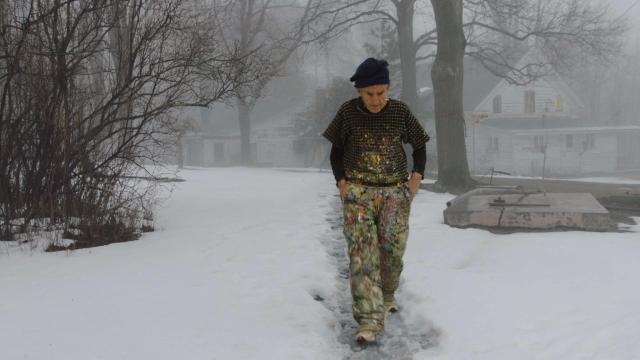
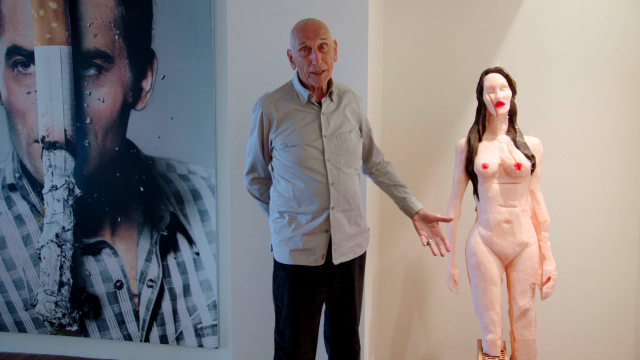
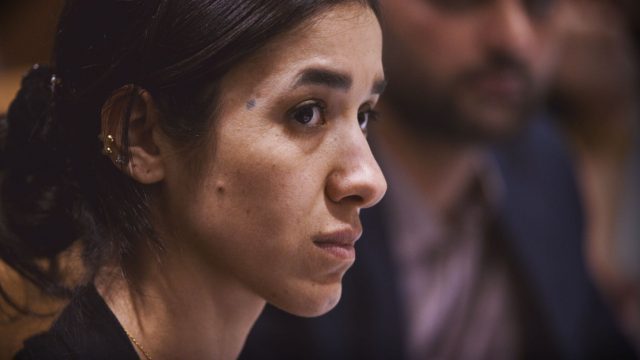
 Alexandria Bombach’s On Her Shoulders is an extraordinary film about an extraordinary human being. In August 2014, the Yazidis of Northern Iraq were attacked by ISIS, who raped and killed thousands of Yazidis in what amounted to a genocide, turning countless women into sex slaves. Twenty-one-year-old Nadia Murad survived and later escaped the horror and has been on a mission ever since, traveling around the world to share her story in order to save and protect this ethno-religious minority, who have been scattered throughout refugee camps. “What must be done so a woman will not be a victim of war?” she demands. For a year, Bombach followed Nadia and Murad Ismael, executive director of Yazda, a global organization dedicated to supporting the Yazidis and other vulnerable groups, as Nadia met with media and politicians while hoping to be able to address the UN General Assembly. They go to Canada, Germany, Greece, and America, occasionally joined by human rights lawyer Amal Clooney, Yazda deputy executive director Ahmed Khudida Burjus, and former International Criminal Court prosecutor Luis Moreno Ocampo, as she makes her case to anyone who will listen.
Alexandria Bombach’s On Her Shoulders is an extraordinary film about an extraordinary human being. In August 2014, the Yazidis of Northern Iraq were attacked by ISIS, who raped and killed thousands of Yazidis in what amounted to a genocide, turning countless women into sex slaves. Twenty-one-year-old Nadia Murad survived and later escaped the horror and has been on a mission ever since, traveling around the world to share her story in order to save and protect this ethno-religious minority, who have been scattered throughout refugee camps. “What must be done so a woman will not be a victim of war?” she demands. For a year, Bombach followed Nadia and Murad Ismael, executive director of Yazda, a global organization dedicated to supporting the Yazidis and other vulnerable groups, as Nadia met with media and politicians while hoping to be able to address the UN General Assembly. They go to Canada, Germany, Greece, and America, occasionally joined by human rights lawyer Amal Clooney, Yazda deputy executive director Ahmed Khudida Burjus, and former International Criminal Court prosecutor Luis Moreno Ocampo, as she makes her case to anyone who will listen.